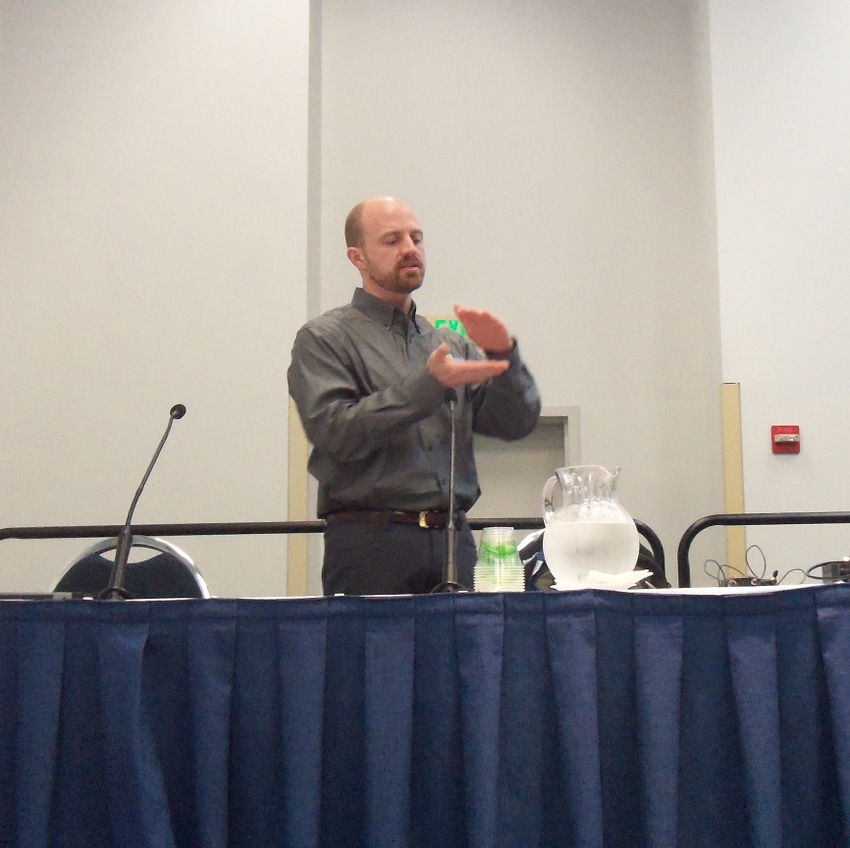3D Printing of Metal Parts Is on the Rise, Expert Says
In applications needing light weight and intricate geometries, direct metal laser sintering is emerging as an alternative to traditional metal fabrication techniques.
February 9, 2018

3D printing is a viable solution for metal parts in applications where the geometries, production volumes, and end goals well are suited to the process, an expert told engineers at the Pacific Design & Manufacturing conference in Anaheim this week.
“Direct metal laser sintering has some huge advantages when the geometry is appropriate,” noted Jeff Schipper, director of special operations at Proto Labs. “But in those situations where traditional manufacturing is more appropriate, you’re going to find direct metal laser sintering to be a lot more expensive.”
In a session titled, “Is 3D printing Right for Your Metal Parts,” Schipper told attendees that direct metal laser sintering is especially appropriate for complicated parts with intricate features. It is also well-suited to applications that call for lightweighting and for integration of multiple components into one.
|
At Pacific Design & Manufacturing, Jeff Schipper of Proto Labs said that direct metal laser sintering is emerging as a viable alternative to traditional manufacturing methods in some applications. (Source: Design News) |
Schipper said that the aerospace industry has used direct metal laser sintering for those reasons. “They’ve been doing it longer and have invested more into it than any other industry,” he told Design News. “By making all those complicated, unmanufacturable parts into one, they’re able to save a lot of weight. And cost, as well.”
Strength of the parts is not an issue, Schipper noted. “You get very high quality, robust physical properties from these metals,” he said. “And it’s not just for basic metals. You have 300-Series stainless steels, as well as titanium, magnesium, and cobalt chrome. For all practical purposes, you’re getting all the same basic properties.”
Schipper told the audience that production volume matters. In general, many users still confine 3D-printed metal parts to low volume applications. However, some European automakers have started to employ 3D-printed metal parts in medium-volume engine applications, he said.
The reason for the rising popularity of direct metal laser sintering, Schipper said, is that it competes directly with traditional manufacturing processes in a variety of key areas. In its ability to make complex features, 3D printing compares well with CNC machining and with casting, he said. It also competes with casting in its ability to create internal features. But its real strength is in applications calling for lightweighting, he said.
For those reasons, the technology is seeing strong growth in medical applications, Schipper told the audience. “Medical customers have been using DMLS for a while, but now they’re taking it to production,” he said. “We’re seeing interest in this area on an almost-daily basis.”
Read More Articles on 3D Printing
Stratasys Mimics Real Organs with 3D Printed Models
3D Printing Used to Create Prosthetics to Restore Hearing Loss
Senior technical editor Chuck Murray has been writing about technology for 34 years. He joined Design News in 1987, and has covered electronics, automation, fluid power, and auto.
About the Author(s)
You May Also Like




